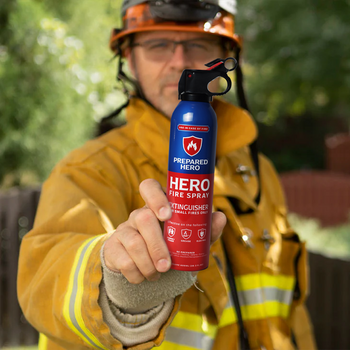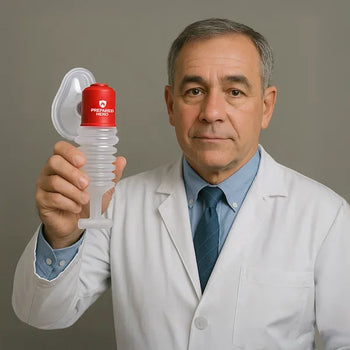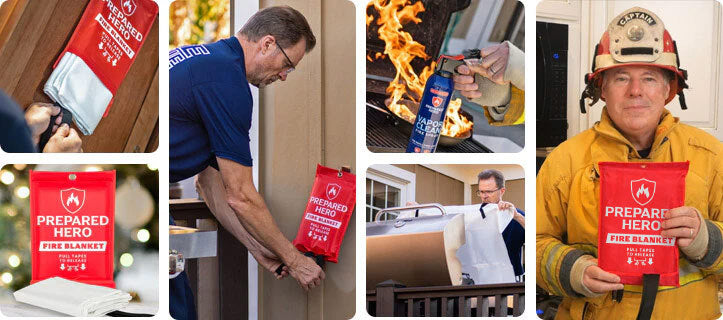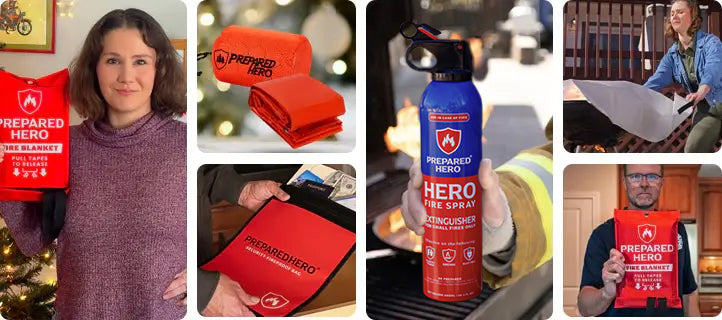Where you put your smoke detectors matters just as much as installing them. Proper placement makes sure they can detect...
In abundance, carbon monoxide can kill people within minutes. Also called the invisible killer, you can't see, taste, or smell it.
This is where carbon monoxide detectors come in. They warn you before you're in danger and help save lives.
But how exactly do they work? Are carbon monoxide detectors and smoke detectors the same thing? Let's find out.
What Is Carbon Monoxide?
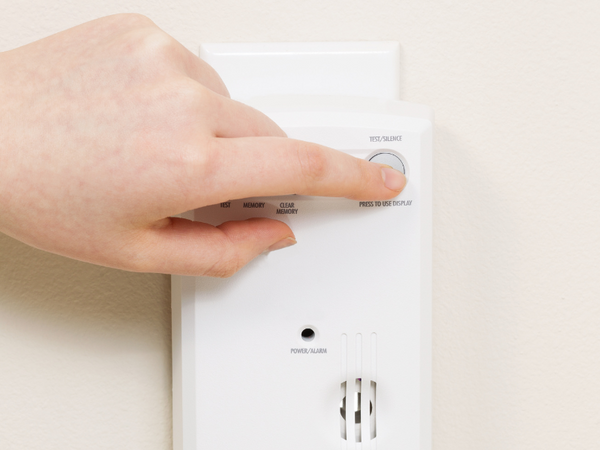
Carbon monoxide is made of one part carbon and one part oxygen. It is produced when carbon fuel such as gasoline, wood, propane, coal, natural gas, and heating oil doesn't burn completely. This process is also known as incomplete combustion.
Carbon fuel isn't dangerous when burned in an open, well-ventilated area. However, carbon monoxide is harmful when produced in confined spaces like cars, basements, garages, kitchens, and campers.
Carbon monoxide is also hard to detect because you can't see, taste, or smell it. After passing into your lungs, it binds to your red blood cells, starving you of oxygen.
Early symptoms of carbon monoxide include headache, dizziness, shortness of breath, fatigue, nausea, vomiting, and loss of consciousness. What's worse is many of these symptoms are similar to those of cold or flu. As a result, many people die of carbon monoxide without knowing what poisoned them.
What Is a Carbon Monoxide Detector?

As the term implies, this safety device detects carbon monoxide and gives an early warning. When a carbon monoxide leak occurs, you must get fresh air immediately. Every second counts, and a carbon monoxide detector helps you and your family avoid poisoning.
In particular, this detector is designed to determine the concentration of carbon monoxide in the air in parts per million (ppm). Once the chemical's concentration reaches 70 ppm, detected over a few hours, the carbon monoxide detector will trigger an alarm. More dangerous concentrations (over 400 ppm) detected over a few minutes will also trigger the alarm.
During an emergency, the alarm should give enough warning so people within the vicinity can escape before symptoms kick in.
Can a Carbon Monoxide Leak Lead to Fire?
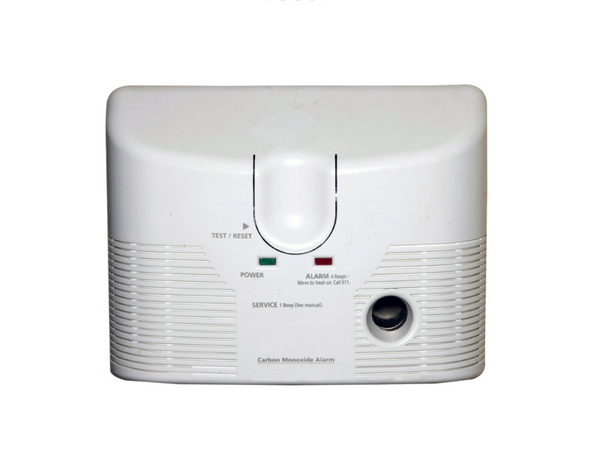
Yes, a carbon monoxide leak can lead to fire. Carbon monoxide is a highly flammable gas that ignites easily and burns quickly.
A huge leak or build-up can ignite. In particular, a house fire and carbon monoxide leak can spontaneously combust and, in rare cases, cause an explosion.
In addition, a carbon monoxide leak indicates that fuel-burning appliances like fireplaces, water heaters, and furnaces are malfunctioning. A fire or explosion might occur if this malfunction also involves natural gas or another fuel.
For instance, a furnace leaks carbon monoxide. If it also leaks methane, the gas can accumulate and, if ignited, start a fire or explosion.
Are Carbon Monoxide Detectors and Smoke Detectors the Same?
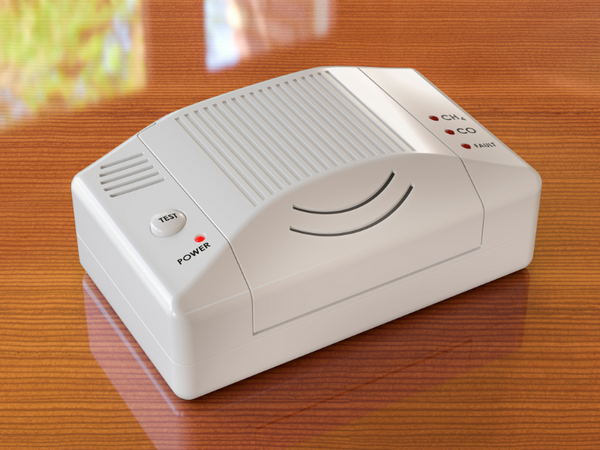
No. Carbon monoxide detectors and smoke detectors are not the same.
A smoke detector triggers an alarm when it detects smoke, while carbon monoxide detectors trigger an alarm when the chemical's level becomes too high. The former helps prevent fire and gives you enough time to evacuate your house, while the latter alerts you of a leak and helps prevent carbon monoxide poisoning.
Conclusion
Installing carbon monoxide detectors all over your house and having professionals regularly inspect and maintain your fuel-burning appliances protect your family and property. Smoke detectors also keep you safe, so we recommend having both.
While you're at it, make sure your fire safety kit is complete and ready for use. If you're looking for reliable emergency fire blankets, fire sprays, fire protection gloves, and smoke masks, Prepared Hero is here to help. Stay safe, hero!


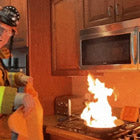 Fire
Fire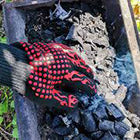 Safety
Safety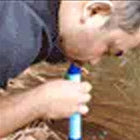 Survival
Survival Protection
Protection New
New Scouting America
Scouting America
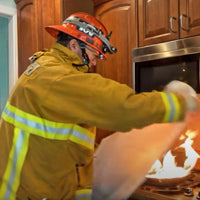 Fire
Fire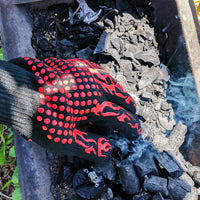 Safety
Safety Survival
Survival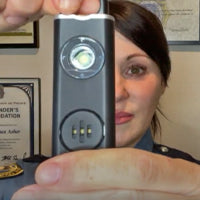 Protection
Protection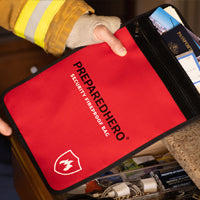 New
New



